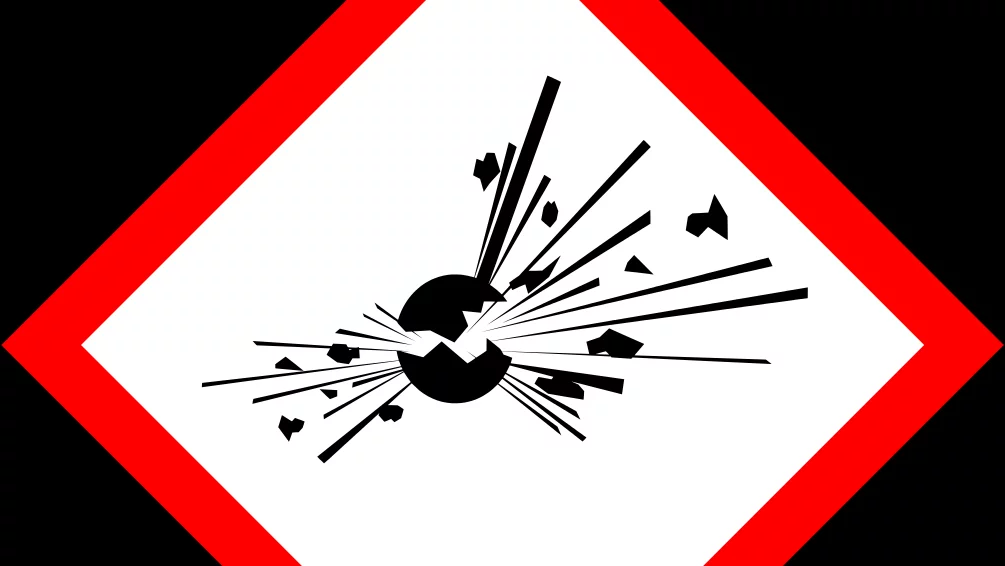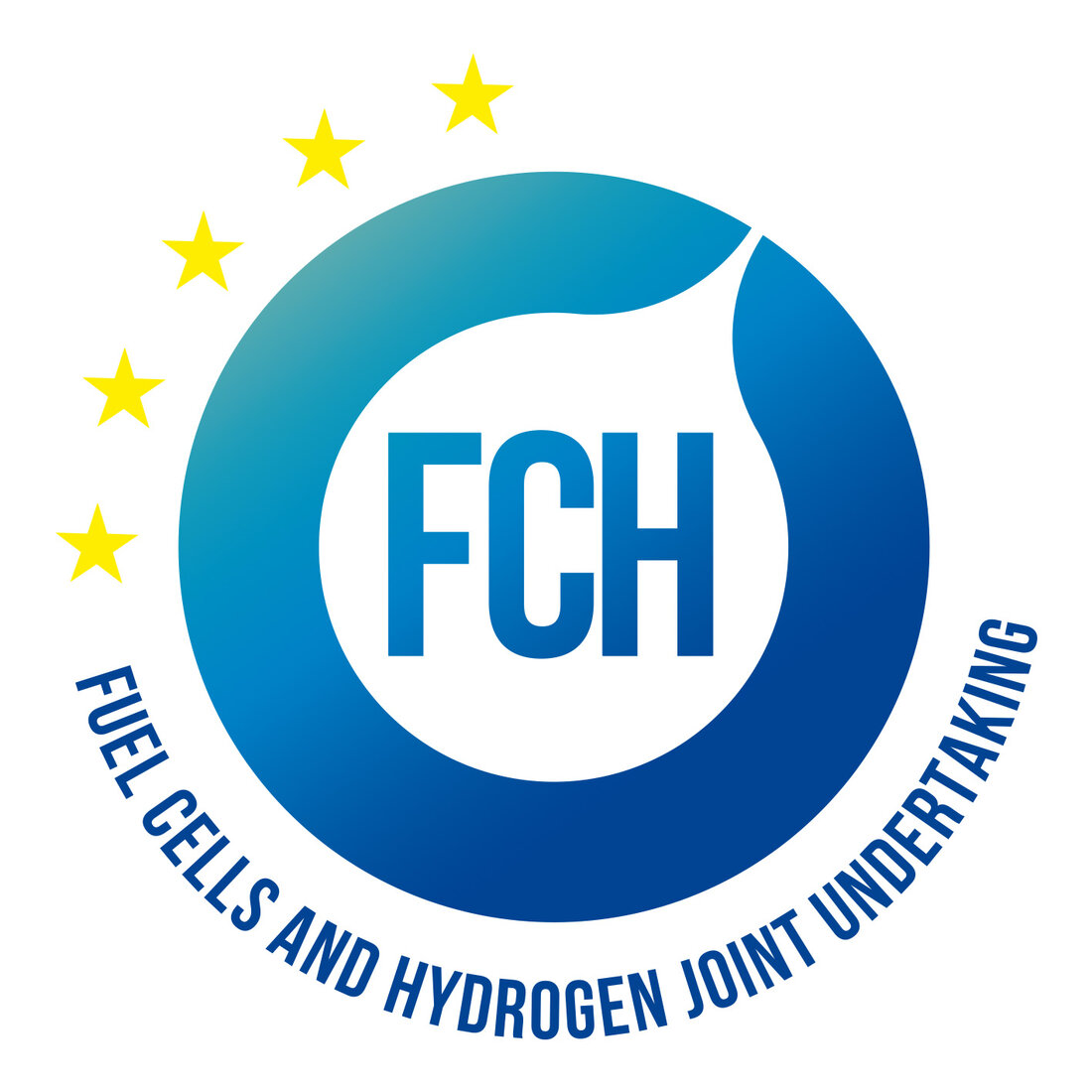Firefighters can protect themselves against smoke, heat and fire spurts, but not against the blast waves from explosions of hydrogen vehicles in tunnels. Therefore, it is vital to keep a safe distance. However, how can people be saved and fires be fought effectively? There is still no satisfactory answer to this question - although more and more hydrogen-powered vehicles are being registered. That is why the fire services need to work on suitable solutions immediately. This is the most important result of the European research project «HyTunnel-CS», in which the International Fire Academy represented the fire services' perspective.
The task of the International Fire Academy, together with other experts from the fields of fire service and rescue service, was to derive initial recommendations from the current research results, which were compiled by a total of twelve renowned research centres from several European countries over the last four years. One question here, for example, was how big hydrogen flames can be depending on the technology used. For the flames are barely visible. So emergency personnel need to know how far the jet flames can extend from a burning vehicle.
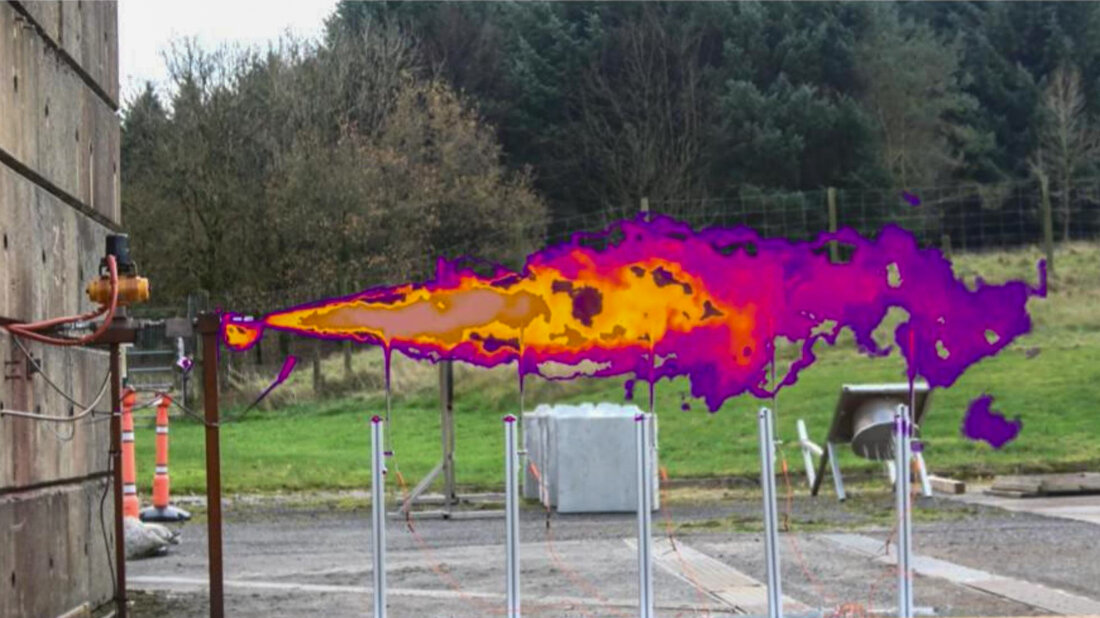
Hardly assessable risks
In the course of the project, simulations and experiments showed that the explosion of a conventional hydrogen tank in tunnels can produce a fireball that travels through the entire tube at a speed of 20 to 25 metres per second. The resulting pressure can send vehicles hurtling off for metres. Emergency personnel in the tunnel would have little chance of survival.
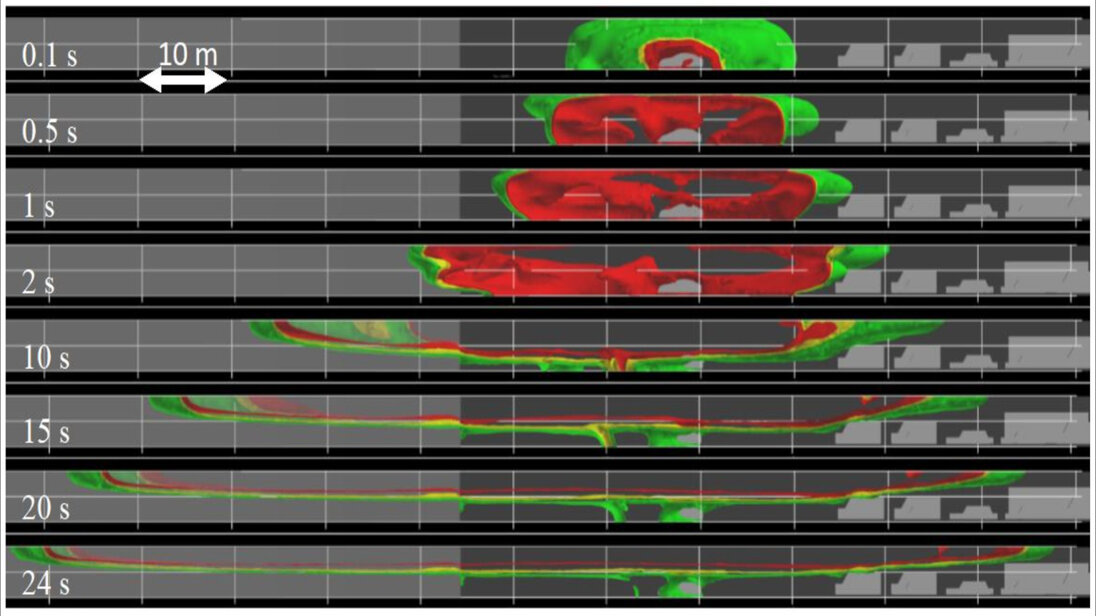
The probability of such an explosion is determined by many factors, which can be determined quite accurately in the laboratory. Under operational conditions, however, the exact data is missing, e.g. the actual filling level and pressure of the hydrogen tank of a damaged vehicle. In practice, this raises the question of whether emergency personnel should enter a tunnel or underground car park in the event of a hydrogen incident despite incalculable explosion risks.
Safer technologies available
The «HyTunnel-CS» project also aimed to develop and investigate safer technologies. It was shown that hydrogen tanks for vehicles can be designed in such a way that the hydrogen does not escape abruptly and produce an explosive gas-air mixture but diffuses through the tank wall and burns off in the process. Furthermore, it was shown that the diameter of the nozzle of the thermal pressure relief valve plays a decisive role. Simplified: The smaller the diameter, the slower the hydrogen escapes at impermissibly high pressure. Since hydrogen volatilises extraordinarily quickly, this slowed-down discharge considerably reduces the likelihood of an explosion. Details on these new technological approaches, along with much more information, can be found on the project website.
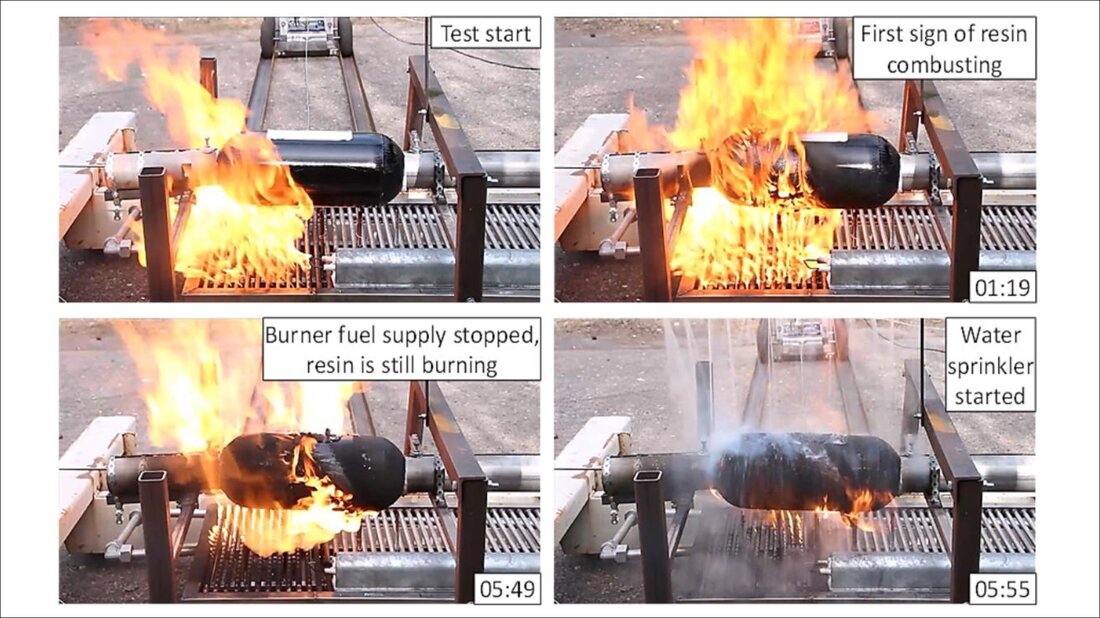
Avoid problems that even the fire service cannot solve
From the point of view of the fire service experts involved in the project, emergency organisations cannot manage incidents with hydrogen vehicles of conventional design as efficiently and safely as in the case of vehicles powered by diesel or petrol. Therefore, manufacturers and standard setters are recommended to use the safer technologies outlined above. According to current knowledge, they would significantly increase the chances of effective intervention by the fire services and reduce the risks to the emergency personnel to a manageable level. This way, problems that even the fire services cannot solve could be avoided.
Fast information availability is crucial
Different vehicle technologies require different procedures for accident rescue and firefighting right from the start of the operation. For example, incidents involving hydrogen vehicles should always be approached with the wind. However, this requires the information that hydrogen is involved. Therefore, fire services must obtain all relevant information on the type of drive and the current vehicle condition as early as possible. Ideally, this information would be made available automatically in such a way that the incident commands know, for example, whether and how many hydrogen-powered vehicles are currently in a tunnel or an underground car park. For this, legislators and authorities are recommended to enable the conditions for such data exchange. A working group of the International Technical Committee for the Prevention and Extinction of Fire CTIF, which was also represented in the «HyTunnel-CS» project, is dealing with its standardisation (ISO 17840) as well as its technical and organisational implementation.
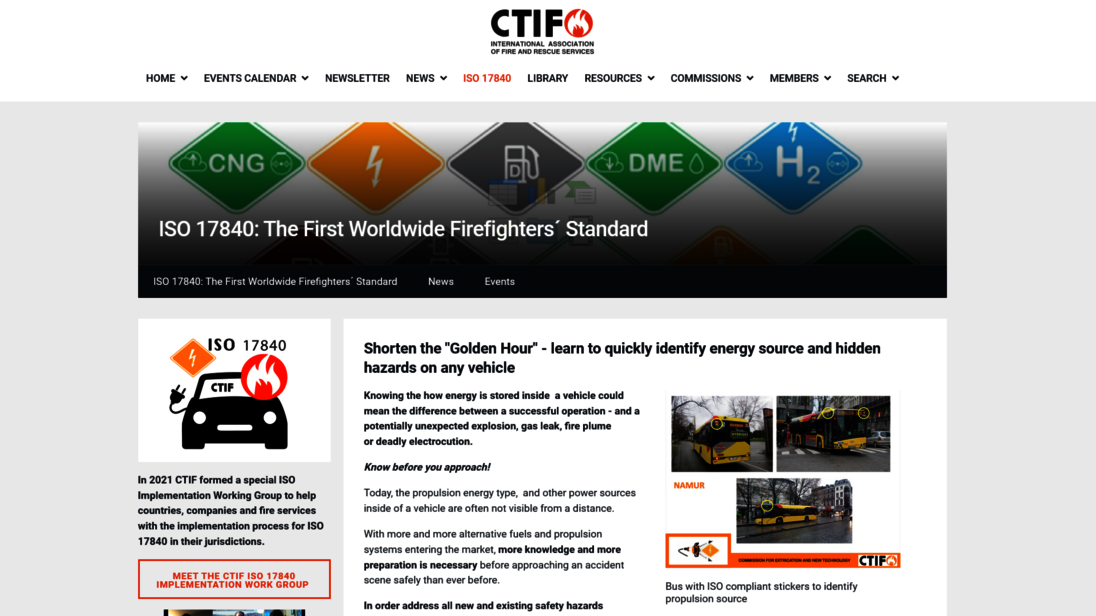
Questioning for hydrogen when answering emergency calls
Emergency call centres, control centres and operations centres are recommended to specifically ask emergency callers for indications of hydrogen drives in the future. These can be, for example, signs with the symbol «H2» or vehicle lettering such as «FUEL CELL», «F-CELL», «FCV», or «HYDROGEN» as well as very loud whistling noises that occur when the hydrogen under high pressure is discharged from the tank.
Many open questions need to be addressed
However, most recommendations, safety rules and standard procedures relate to outdoor incidents involving hydrogen-powered vehicles. They indicate, for example, which safety distances must be maintained to protect against explosion pressure waves. However, what distances must be kept from the portal of a railway tunnel in which a hydrogen-powered train is burning? Or: Does it make sense to ventilate an underground car park, in which unignited hydrogen has leaked from a vehicle tank, with positive pressure? This presents the fire services in general with the task of translating the extensive and, in some cases, entirely new findings from the «HyTunnel-CS» project into simple rules of thumb in a scientifically sound yet practical manner. It is not so much a matter for the individual fire services as for supervisory authorities, fire schools, technical commissions and similar bodies.
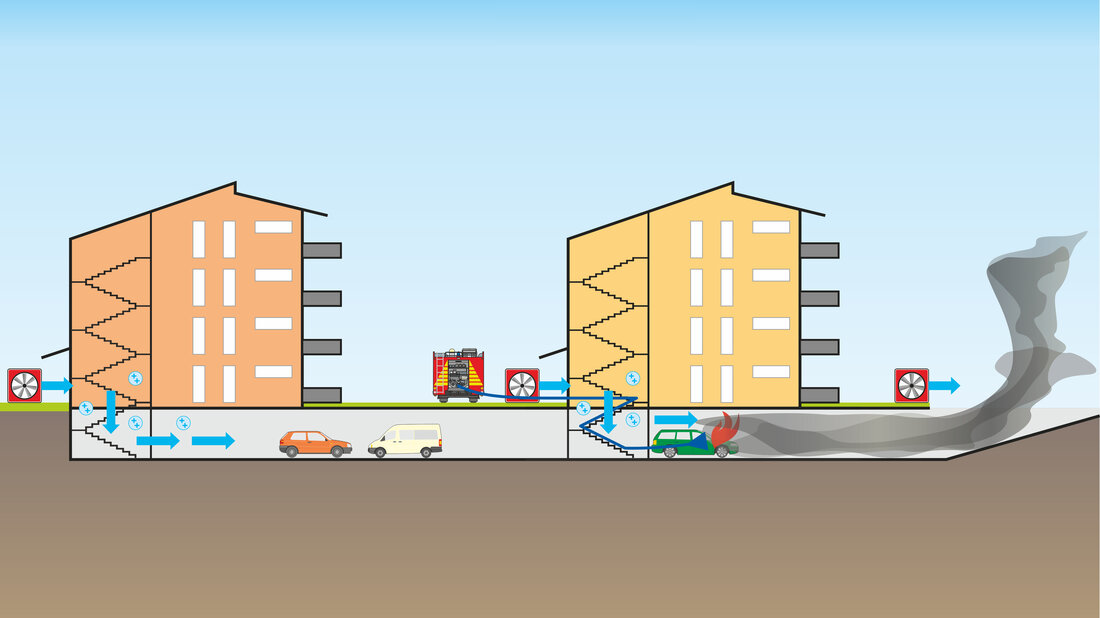
Fundamental ethical questions
There are also ethical questions arising from the results of the «HyTunnel-CS» project. Fault tree analyses of defined scenarios show that: If the fire service succeeds in extinguishing fires from hydrogen-powered vehicles quickly, they can prevent explosions and possibly save lives. However, if the fire is not extinguished quickly enough and the safety devices of conventional hydrogen tank systems fail, this could have fatal consequences for the emergency personnel. So questions arise such as:
- Are emergency personnel allowed to work in potentially explosive atmospheres?
- If so: how and under what conditions?
- If not: How can it be justified that people are, in consequence, not rescued just because an explosion was possible?
Depending on their self-image and culture, the fire services give very different answers to these questions, which indicates a great need for discussion. It is advisable to clarify such fundamental questions calmly in advance and not only when decisions have to be made during an operation in a matter of seconds.
Facility operators and insurers should analyse risks
Operators of underground car parks, tunnels and similar structures are recommended to analyse the new risks arising from hydrogen vehicle operation for their facilities. According to current knowledge, the risks can vary in magnitude because they depend, for example, on size, structure, ventilation, purpose, and vehicle frequency. Consideration should be given to possibly permitting only hydrogen vehicles without an explosion risk into the facilities. Similarly, the same applies to vehicles powered by natural gas, for example.
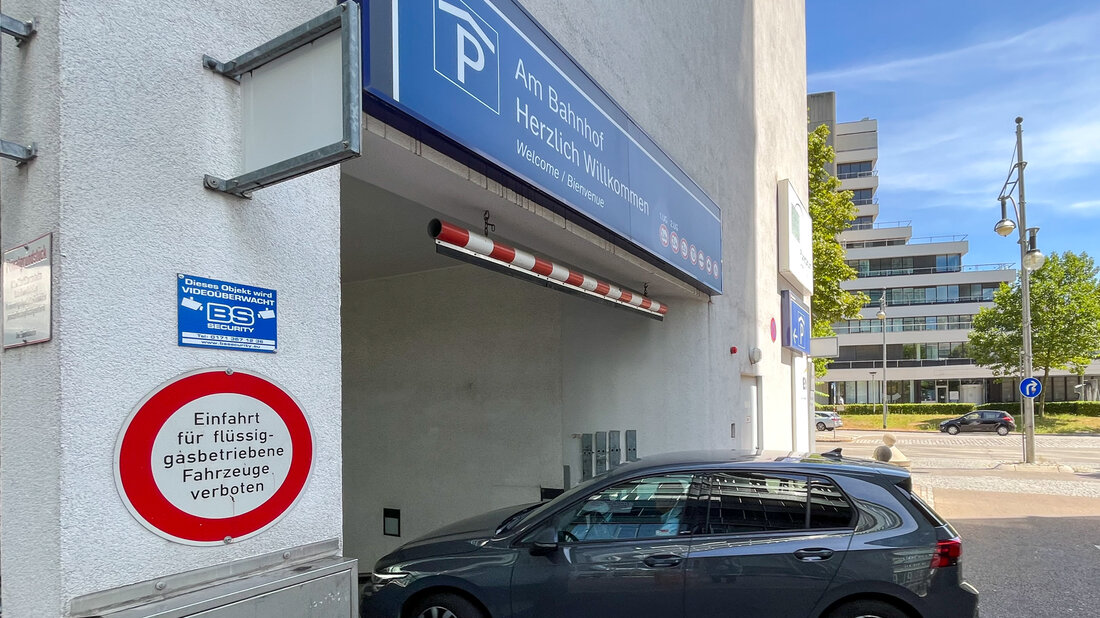
Urgency is required
Fire services have yet always learned how to deal with novel risks. The most recent example would be electric vehicles, which initially also caused a great deal of uncertainty among fire services. In the case of hydrogen technology, however, great haste is required because the colourless, non-toxic gas, which leaves only water behind when burned, is considered one of the most important technological white hopes and is therefore likely to become widespread very quickly with the political will; not only for road and rail vehicles but soon also in aircraft and ships along with the associated production facilities, transporters, intermediate storage facilities and filling stations, as well as in many industrial processes, as an emergency power supply for mobile phone transmission masts and perhaps even as a substitute for natural gas.
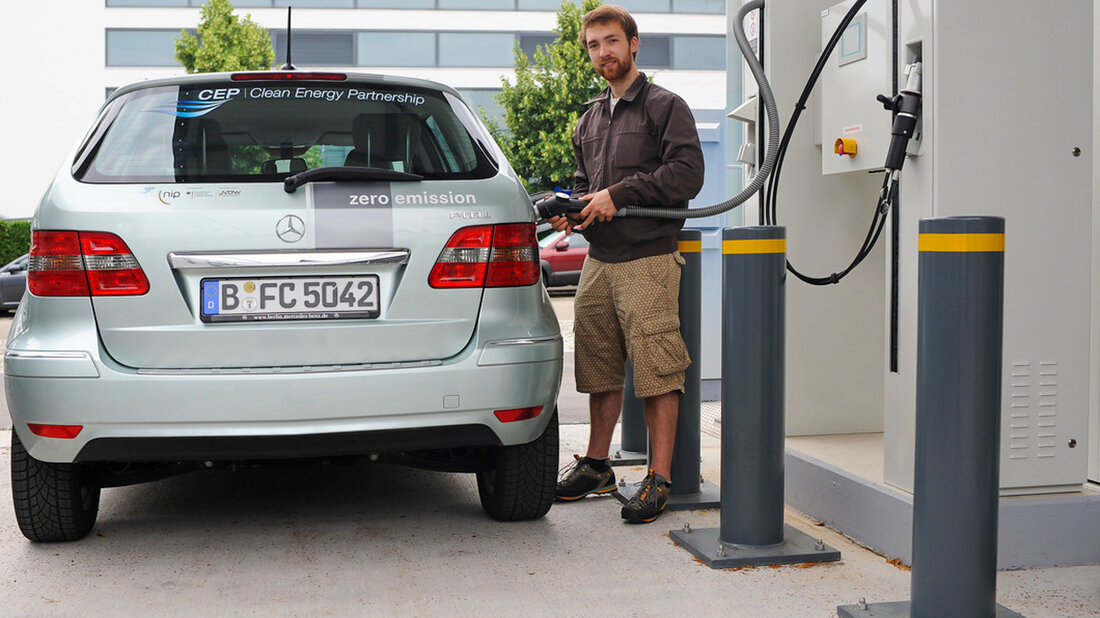
Therefore, the most important consequence of the «HyTunnel-CS» project is not to postpone the intensive examination of the risks of this technology any longer and to start developing solutions right now. No one can achieve this alone. The challenges are so significant that they can only be overcome in an intensive exchange within the fire services and between them and the developers and manufacturers of hydrogen technologies. The International Fire Academy will contribute to this on all its communication channels. For example, Dietmar Schelb from the Fire Protection Research Unit of the Karlsruhe Institute of Technology (KIT) will talk about «Unexpected Potentials of Hydrogen Technology» at the 5th Online Forum of the International Fire Academy on 22 September from 8 pm (German only).


